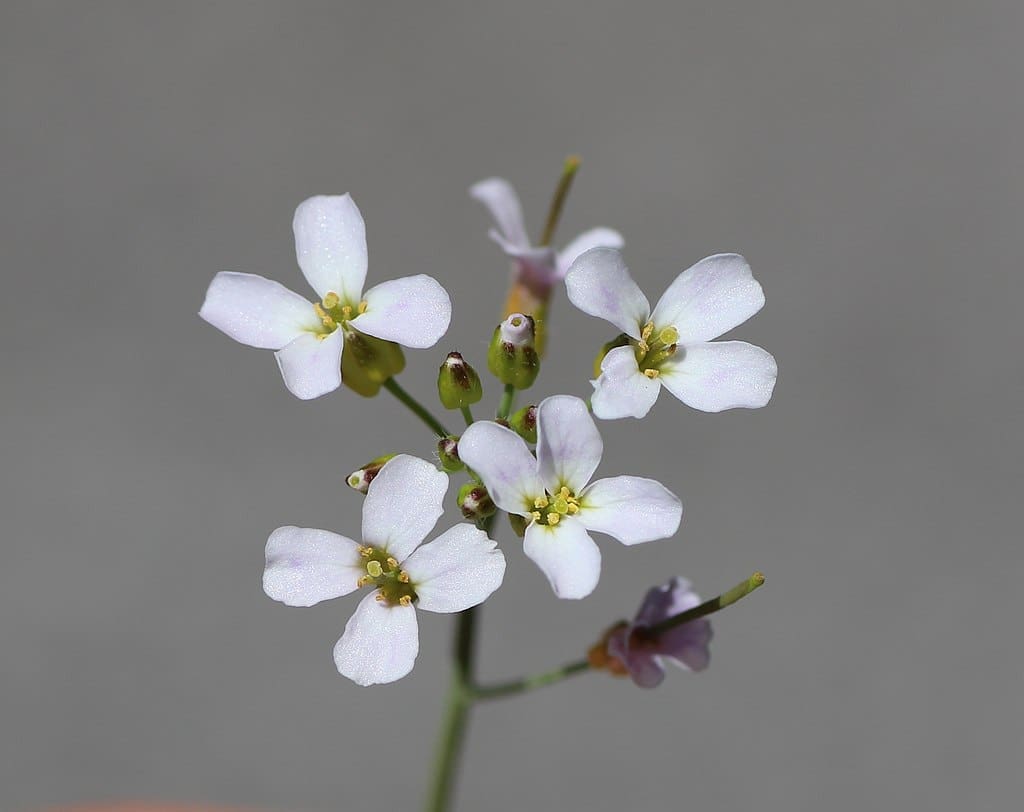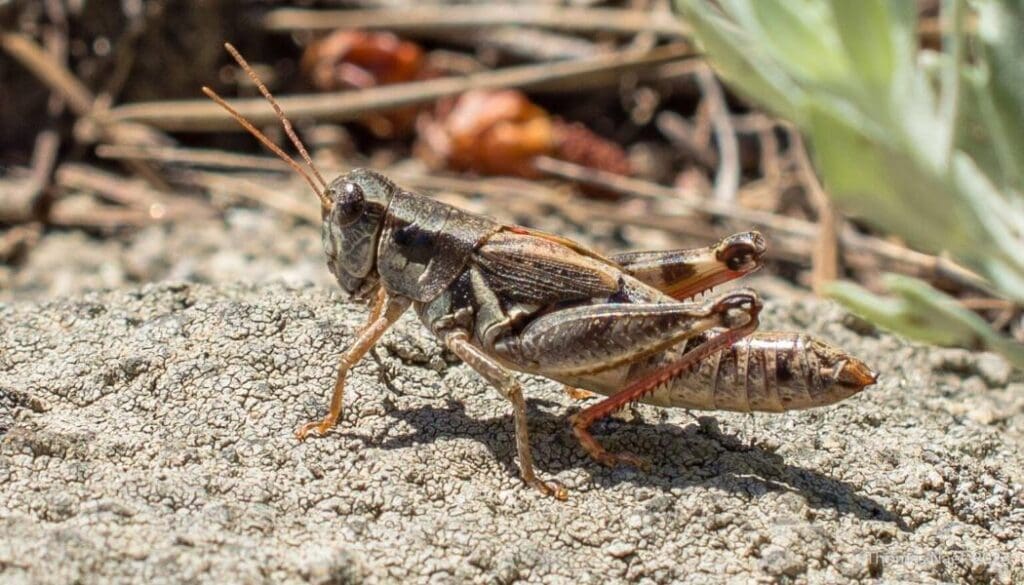A collaborative study between researchers from the UK and Japan has shed new light on how plant biological clocks function in natural environments.
Traditionally, much of what is known about plant circadian rhythms – internal processes that align living organisms with daily and seasonal cycles – has been derived from controlled laboratory settings. But less has been understood about how these timing mechanisms operate in the unpredictable conditions of the natural world where they evolved.
This innovative study, led by a team from the John Innes Centre, Kyoto University, and The Sainsbury Laboratory, Cambridge, is helping to bridge that gap. By conducting a series of field experiments, the researchers demonstrated how plants combine internal clock signals with environmental cues under naturally fluctuating conditions.

“Our research highlights the value of international collaboration in cross-disciplinary scientific progress,” said Professor Antony Dodd, a senior author of the study and group leader at the John Innes Centre. “It is fascinating to see how processes we have identified in the lab also work to influence plants under natural conditions.”
The study, which appears in the journal PNAS, involved two field experiments conducted around the March and September equinoxes. Researchers analyzed a natural population of Arabidopsis halleri plants in rural Japan, observing how gene expression in the plants changed over 24-hour cycles as light and temperature varied.
The experiments required innovative techniques, such as extracting RNA from plants every two hours and freezing the samples for later analysis in the lab. The team also developed specialized equipment to manipulate temperatures around the plants, mimicking conditions previously tested in the lab.
To avoid influencing the results, the researchers wore green filters over their head torches during nighttime visits, as plants are sensitive to red and blue light. “It is surprising how difficult it is to identify green plants with a green head torch in the middle of the night, in pouring rain,” remarked Professor Dodd.
The data revealed that the same genetic pathways identified in laboratory settings, which protect photosynthesizing plants from cell damage in bright, cold conditions, are also active in wild populations. This discovery led the team to develop statistical models that predict how gene expression, controlled by the circadian clock, responds to environmental signals throughout the day in nature.
“We believe this is the first time anyone has modeled a whole circadian clock signaling pathway in plants growing outdoors,” said Professor Dodd. “If we can produce models that accurately predict gene expression in relation to environmental conditions, it may be possible to breed plants that are better adapted to future climate conditions.”
The study’s findings are significant as they offer new insights into how plants might respond to changing environmental conditions, including those brought about by climate change.
Dr. Dora Cano-Ramirez, a circadian clock researcher at The Sainsbury Laboratory, Cambridge University, and joint first author of the research, emphasized the importance of this work: “Understanding how circadian-regulated processes are aligned with a fluctuating environment by modeling this signaling pathway could be useful in predicting plant responses in an increasingly unpredictable climate.”
As the next step, the researchers plan to apply the statistical models developed in this study to broader aspects of plant physiology, such as photosynthesis rates and temperature adaptation, paving the way for new agricultural strategies in the face of global climate challenges.
Journal Reference:
Haruki Nishio, Dora L. Cano-Ramirez, Tomoaki Muranaka, Luíza Lane de Barros Dantas, Mie N. Honjo, Jiro Sugisaka, Hiroshi Kudoh and Antony N. Dodd, ‘Circadian and environmental signal integration in a natural population of Arabidopsis‘, PNAS 121 (35) e2402697121 (2024). DOI: 10.1073/pnas.2402697121
Article Source:
Press Release/Material by John Innes Centre
Featured image credit: Andrea Moro | CC BY-SA, via Wikimedia Commons




